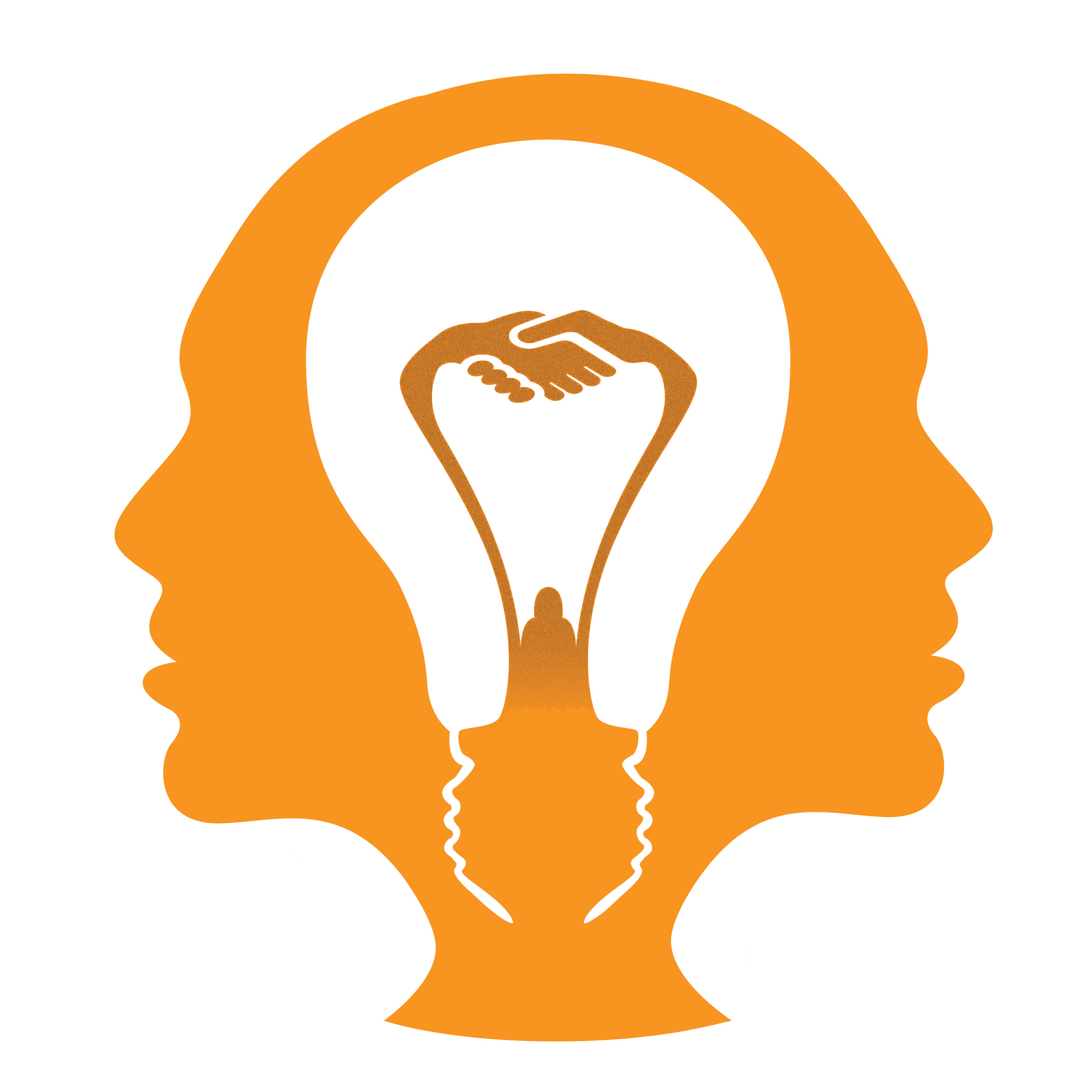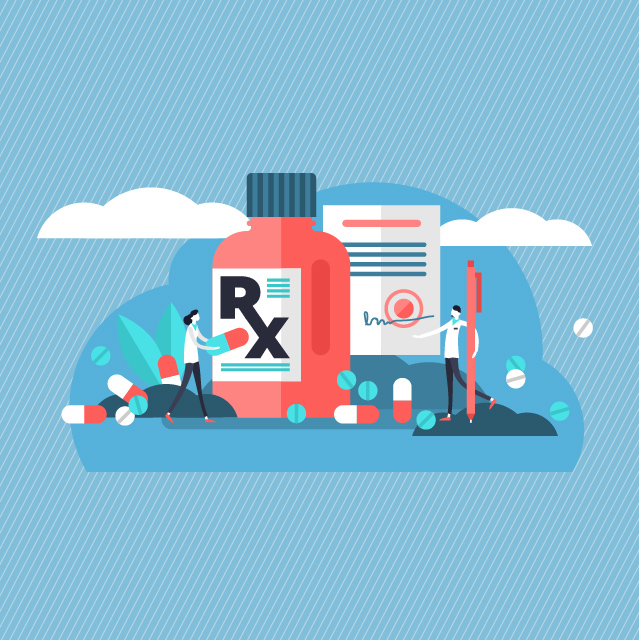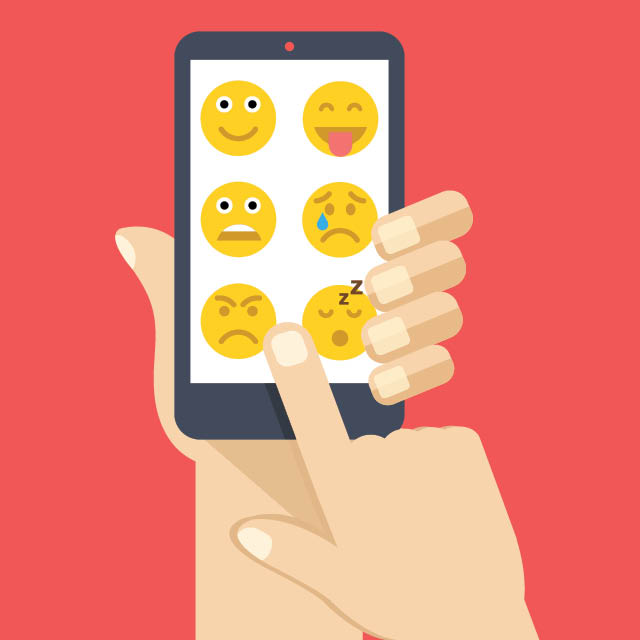In mid-March, the potential spread of COVID-19 forced a halt to nearly all research within more than 600 lab and office spaces at the Johns Hopkins University School of Medicine. To minimize the threat of exposure, leadership developed Research Restart Policies and Procedures, which included a mandate that each lab could designate no more than three essential personnel — including the principal investigator — to enter, work and maintain experiments.
The rule excluded about half of the research community’s 3,687 members.
“It was a logistical nightmare,” recalls Geraldine Seydoux, vice dean for basic research at the school of medicine. “Keeping track of who was essential, which kept changing, was extremely difficult for us and for the security team members checking our people in. We were literally using printed lists and Post-it notes. There were bottlenecks of people waiting to get admitted.”
Seydoux and George Economas, executive director of security for Johns Hopkins Medical Institutions, reached out to the Johns Hopkins Technology Innovation Center (TIC) to design a better system. Racing to deliver a solution in time for the anticipated Phase 1 reopening of labs in June, the TIC team came up with Prodensity — an app that allows researchers and security to manage personnel occupancy in real time. Completed in two months, the project required setting up virtual communities for each of the 613 lab and office spaces and entering the personnel data of every staff member associated with them.
Based on available square-foot work areas and physical distancing requirements, Prodensity shows users how many allotted spaces are occupied and the name of each team member using them. Before leaving home for work, a researcher can check the app to make sure space is available to enter. If the app shows lab occupancy is full, the person can contact and remind the team member whose shift is up to leave. And if the team member forgot to check out, Prodensity can perform that task remotely.
At security checkpoints, researchers use the app camera on their mobile devices to scan a QR code that displays their photo and credentials. In seconds, security can confirm ID and allow them in.
Alex Shaver, a Ph.D. candidate in Netz Arroyo’s pharmacology and molecular sciences lab, says Prodensity is a huge plus. “The app works a lot faster and it’s a lot more convenient than having to show your ID badge, sign in, write down what time you got there and which room you are going to,” says Shaver.
The TIC team is working on improvements to the app that will include options for COVID-19 symptom checking, a campus pass, health resources, and alerts and notifications.
“The approach employed in the development of this product allowed for real-time and continuous feedback, enabling quick and efficient response to changing requirements,” says Cao-Ly Tran, managing director of the TIC. “It was this organization-spanning, multidisciplinary teamwork that made this project a success.”
Economas is excited to have a security tool that displays staff density and location. “After COVID-19, [Prodensity] will be especially helpful on nights and weekends,” he says. “If we ever have an emergency event where the building needs to be evacuated or we need to shelter in place, this gives us the ability to know where people are and communicate instructions.”



